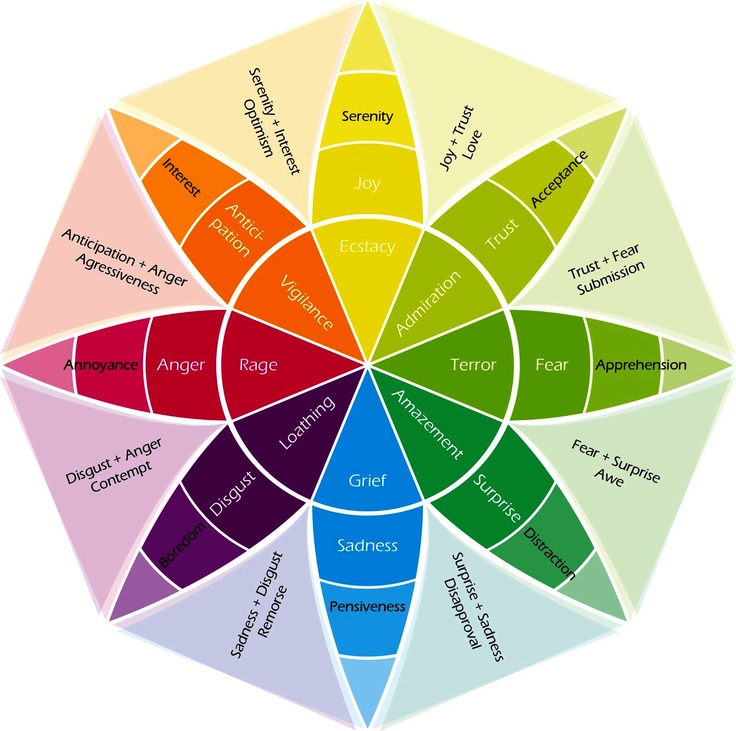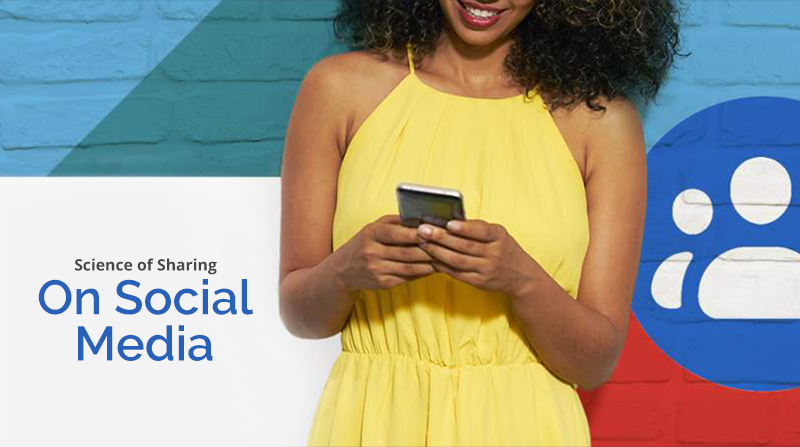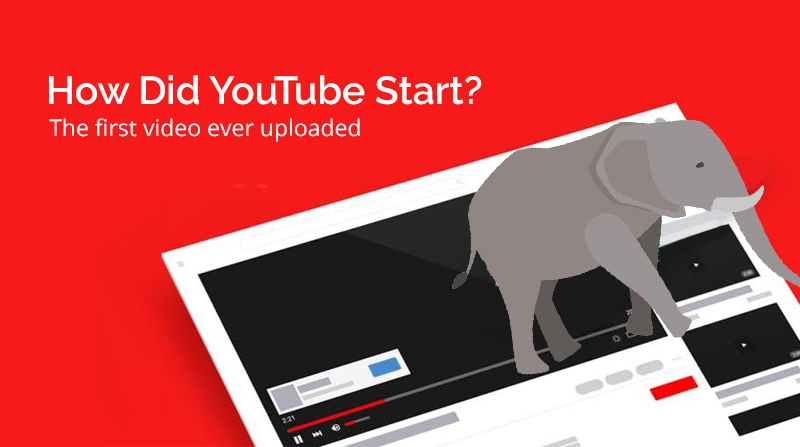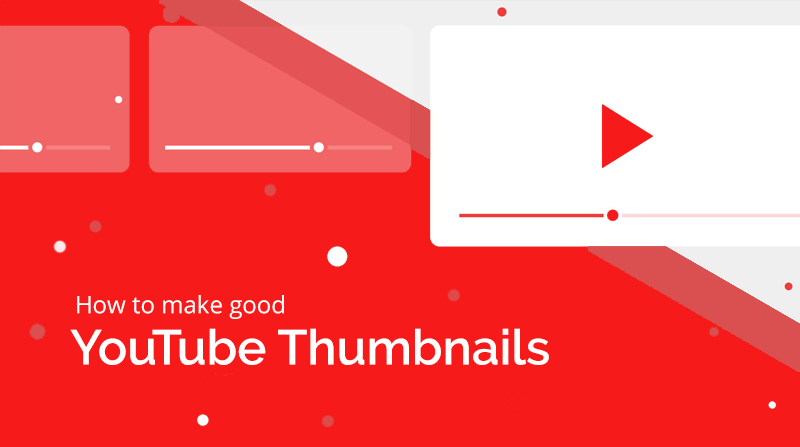Everyone has wondered why some content on social media goes viral? Or why seemingly strange social media trends catch fire and others fall flat? If you hadn’t already asked yourself this question, you most assuredly did when the Harlem Shake took over the internet.
Believe it or not, there’s a whole lot of science behind why people like, comment, and share online. We make it our mission to understand what makes something shareable at Vertical Sight.
Understanding the psychology of social media and why people share online is the first step in creating better experiences, stronger relationships, and exponentially greater marketing content for our clients.
Psychology of Social Media: The Science Behind Why People Share Online
As businesses and brands, we’re all looking for ways to drive more engagement to our content online, whether that’s on social media or elsewhere.
The New York Times conducted an incredible study that is still as relevant as ever today about the psychology of online sharing. They named five primary motivations for sharing:
- People want to better the lives of others (94%)
- People want the content to reflect their online identity (68%)
- People want to grow and nourish relationships (80%)
- People share because they like the feeling of having others comment on it and engage (81%)
- People want to spread the word about something that they believe in (84%)

UCLA professor of psychology and of psychiatry and author of the book Social: Why Our Brains are Wired to Connect, Matthew Lieberman, observed that:
“People are regularly attuned to how the things they’re seeing will be useful and interesting, not just to themselves, but also to other people. We always seem to be on the lookout for who else will find this helpful, amusing or interesting, and our brain data are showing evidence of that.”
Looking at some of the most successful social media posts of 2019, it might be unclear to the untrained eye what made them so popular. However, from a scientific perspective, we can begin to understand why.
The music video Señorita, for example, had incredible engagement throughout the social media universe: 1.14B views, 16M likes, 588k comments…just on Youtube.
This video is incredibly effective from a psychological standpoint for various reasons, including:
- Señorita was one of the most popular songs of 2019 and so people were looking to identify themselves with that song on social media – a reflection of themselves and their taste in music.
- People were looking to nourish their relationships with others (friends and family) by sharing a video they knew they would enjoy as well – due to the popularity of the song.
- The most common age of YouTube users is 15-25 years, and this video directly targets the deep desires and longing this age group has to be with someone, despite not having a lot in their lives financially.
- Having two well known already trending superstars like Shawn Mendes & Camila Cabello gives a fantastic jump start with their reach.
Why Emotions are a Powerful Tool in Online Sharing
In a wonderful study titled, “Why Content Goes Viral,” Jonah Berger, assistant professor of marketing at the Wharton School of Business (and author of the book Contagious), and co-author Katy Milkman looked at 7,000 articles published at The New York Times to see which ones got the most views and social shares and why.
Berger and Milkman found that the more the content evoked a high-arousal emotion such as awe, anger, anxiety, fear, sadness, humor, or wonder, the better its chances of being shared repeatedly and even virality.
Humans are full of emotions. By tapping into emotion, we as brands and businesses have the chance to connect with our customers (humans) on an impactful level. Not to mention increased shares online.
Robert Plutchik’s famous “wheel of emotions” shows just how many emotional layers humans are capable of feeling:

Referring back to the New York Times article we discussed earlier, perhaps the most powerful emotion of all is happiness.
Researchers found that happiness is the main driver for social media sharing. Emotions layered with and related to happiness make up the majority of the most successful and viral content online.
Still not convinced?
Google’s Abigail Posner describes happiness sharing as “energy exchange”:
When we see or create an image that enlivens us, we send it to others to give them a bit of energy and effervescence. Every gift holds the spirit of the gifter.
Giving Your Audience the Motivation to Share
From viral news interviews and Youtube Channels to the most successful television series on social media, today’s brands and businesses are faced with the never-ending challenge of finding and creating content that people actually want to share and should share.
By considering the psychology of why people share online, we are able to strategically identify a winning formula for marketing content on a consistent basis.
If you’re interested in going down that path, we can help you on your journey.


